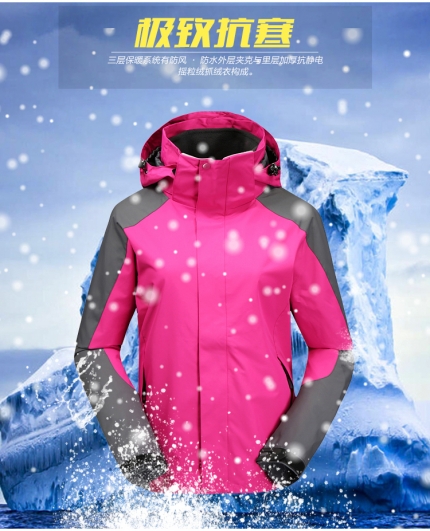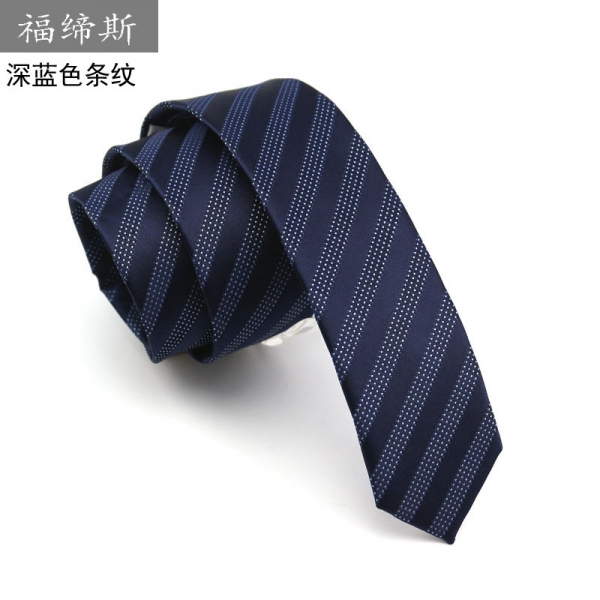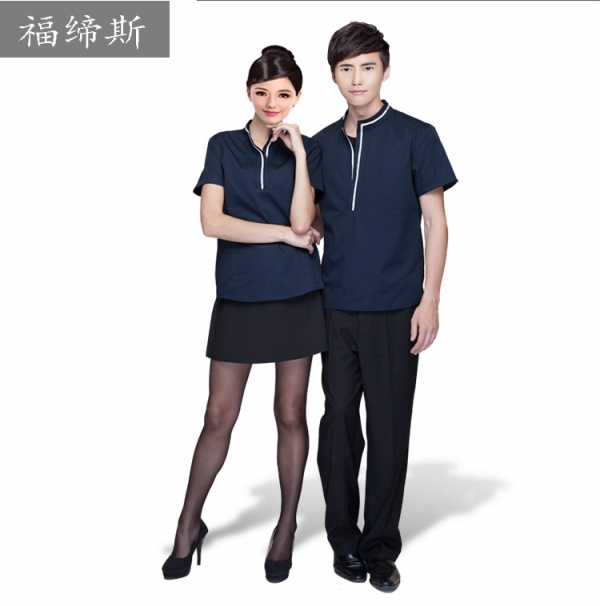1、GARMENT WASH
Ordinary washing is ordinary washing. It is just to change the familiar washing to mechanization. The water temperature is about 60 ° - 90 ° C. add certain detergent. After 15 minutes of normal washing, the fabric can be softened, comfortable and visually more natural and clean. Generally, according to the length of washing time and the amount of chemicals used, general washing can be divided into light general washing, general washing and heavy general washing. Generally, light general washing is about 5 minutes, general washing is about 15 minutes, and heavy general washing is about 30 minutes (the time is not accurate). There is no obvious boundary between the three washing methods.
2、STONE WASH
Stone washing is to add a certain size of pumice into the washing water to polish the pumice and clothes. The water level in the grinding tank is carried out at the low water level where the clothes are completely soaked, so that the pumice can be in good contact with the clothes. It can be washed or rinsed before grinding or rinsed after grinding. According to the different requirements of customers, Yellowstone, white stone, AAA stone, artificial stone and rubber ball can be used for washing to achieve different washing effects. After washing, the cloth surface appears gray and old, and the clothes are slightly or severely damaged.
Stone washing: stone washing is to make denim fade through physical methods and increase color contrast effect. A roll of cloth, 20 yards long and 62 inches wide, is placed in a 250 pound tank with pumice stone and washed with water (35% of the tank capacity). In the washing tank, denim and stone mix and roll and rub each other. The rolling time determines the color depth of denim after washing. The longer the washing time is, the lighter the color is, and the stronger the color contrast effect is. After washing, the denim is rinsed, softened and dried. After being washed by stone mill, the denim is soft and rich in color. It has become the first choice for home textile and clothing industry.
3、ENZYME WASH
Enzyme is a kind of cellulase, which can degrade the structure of fiber at a certain pH value and temperature. It can make the cloth surface fade mildly, remove hair (produce "peach skin" effect), and obtain lasting softening effect. It can be used with or instead of stone. If it is used with stone, it is usually called enzyme stone wash.
Enzyme washing: enzymes, like enzymes, can be used to degrade cellulose in cotton fibers. Because the color of denim is actually attached to the outer layer of yarn, the fiber and indigo dye attached to it can be washed off by enzyme washing water. When the desired color is obtained, enzyme washing can be stopped by changing the alkalinity of the water or increasing the water temperature. The next step is rinsing and softening. Enzyme washing is milder than stone washing because there is no sharp stone in the process of enzyme washing. The color of denim washed with enzyme is uniform and soft. It is suitable for home textile and clothing.
4、SAND WASH
Sand washing often uses some alkaline and oxidizing additives to make the clothes fade and look old after washing. If it is matched with a stone mill, a layer of soft frost white fluff will appear on the cloth surface after washing. Adding some softener can make the washed fabric soft and soft, thus improving the comfort of wearing.
Sand washing: a row of horizontally placed rollers can be used for finishing. Sandpaper or chemical treated Abrasives can be used on the rollers. Denim is set on the drum and the protruding part is ground. This finishing method will make denim part fade, and produce velvet feeling on the surface of denim, giving it a soft and delicate handle. The sand washing method can also make jeans have fashionable appearance effects such as wrinkles and cat whiskers.
(1) Sand washing agent
a) Expanding agent: according to the type of fiber, fabric structure and tightness, the expansion agent and concentration, temperature, time and other expansion conditions are selected. The basic expansion agent such as soda can be used to expand cotton clothing in sand washing.
b) Sanding agent: after the clothing is puffed, the fiber is loose, and then with the help of special sand washing, the loose surface fiber produces plump and soft fuzz. In order to make the pile plump, it is necessary to select sand powder with different shape and hardness, such as diamond sand (making loose fiber dimension produce fluff), polygonal sand (making velvet stand upright), and round sand (making fluff plump).
c) Softener: Softener used for sand washing. The fabric should be soft and waxy so that the weight of the fabric can be increased and the drapability should be improved obviously. Therefore, this kind of softener has long carbon chain and cationic property, and can be adsorbed on the fabric to achieve the purpose of weight gain.
(2)Sand washing equipment
At present, it is generally used in industrial washing machine for expansion, sand washing and softening treatment, centrifugal pump dehydrator for dehydration, and rotary dryer for goose down drying in knitting factory.
(3)Sand washing process
Cotton clothing can be based on the fabric structure, warp and weft density, yarn count thickness, twist strength to determine the type, dosage, temperature and time of expanding agent, as well as the amount of sand washing powder and softener, and the treatment temperature and time. Generally speaking, the sand washing effect of selected yarn fabric is better than that of yarn fabric, coarse count yarn is better than high count yarn, low twist is better than high twist, and float length is better than short float point product.
5、CHEMICAL WASH
Chemical washing is mainly through the use of strong alkali additives (NaOH, NaSiO3, etc.) to achieve the purpose of fading, after washing clothes have a more obvious sense of old, and then add softener, clothing will have a soft, plump effect. If stone is added to chemical washing, it is called chemical stone wash, which can enhance the effect of fading and abrasion, so that the clothes have a strong sense of residual old. The effect of chemical washing and stone washing can be integrated into the fossil washing, which can achieve a kind of effect of imitation and fuzzing after washing.
6、BLEACH WASH
In order to make the clothes have white or bright appearance and soft feel, it is necessary to rinse the clothes, that is, after washing with water, heating to 60 ° C, adding appropriate amount of bleaching agent according to the bleaching color, and make the color match the board within 7-10 minutes. During operation, the direction of adding bleaching agent should be consistent with the rotation direction of the rotary cylinder, so as to prevent the bleaching agent from directly falling on the clothes due to the inability to dilute with water as soon as possible, resulting in local bleaching. Before bleaching, the water level in the tank should be slightly higher so that the bleached water can be diluted. After bleaching, the residual bleached water in the water is neutralized with sodium bicarbonate (NaHCO3) to stop bleaching completely. After clean water is passed, detergent, fluorescent whitening agent and hydrogen peroxide are added in the water temperature of 50 ° C for final washing, neutralizing pH value, fluorescent whitening, etc., and finally softening treatment can be carried out.
Bleaching can be divided into oxygen bleaching and chlorine bleaching. Oxygen bleaching is the use of hydrogen peroxide in a certain pH value and temperature of oxidation to destroy the dye structure, so as to achieve the purpose of fading and whitening. Generally, the surface of bleaching cloth will be slightly red. Chlorine bleaching is the use of sodium hypochlorite oxidation to destroy the structure of dyes, so as to achieve the purpose of fading. The fading effect of chlorine bleaching is rough, which is mostly used for indigo denim washing. After bleaching, the residual chlorine in water and clothes should be neutralized with Haibo to stop bleaching. After bleaching, stone grinding is carried out, which is called "bleed stone wash".
7、DESTROY WASH
Some parts (bone position, collar angle, etc.) of ready-made clothes are damaged to a certain extent after pumice grinding and auxiliary treatment, and the clothes after washing will have obvious residual effect.
8、SNOW WASH
The dry pumice is soaked with potassium permanganate solution, and then it is directly polished with clothes in a special rotary cylinder. By polishing pumice on clothes, the friction points are oxidized by potassium permanganate, and the cloth surface is irregular fading, forming white spots similar to snowflakes.
The general process of snowflake washing is as follows:
Soaking pumice with potassium permanganate - pumice and clothes dry grinding - snowflake effect on the board - take out clothes in the washing tank and wash the stone dust off the clothes with water - neutralization with oxalic acid - washing - softener.








